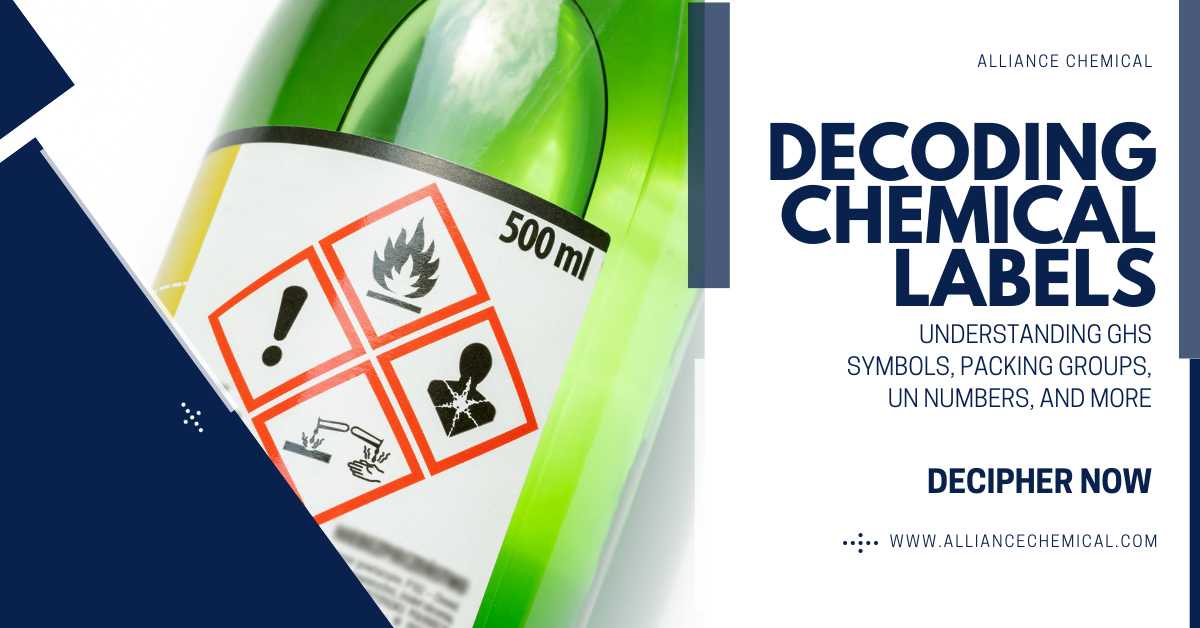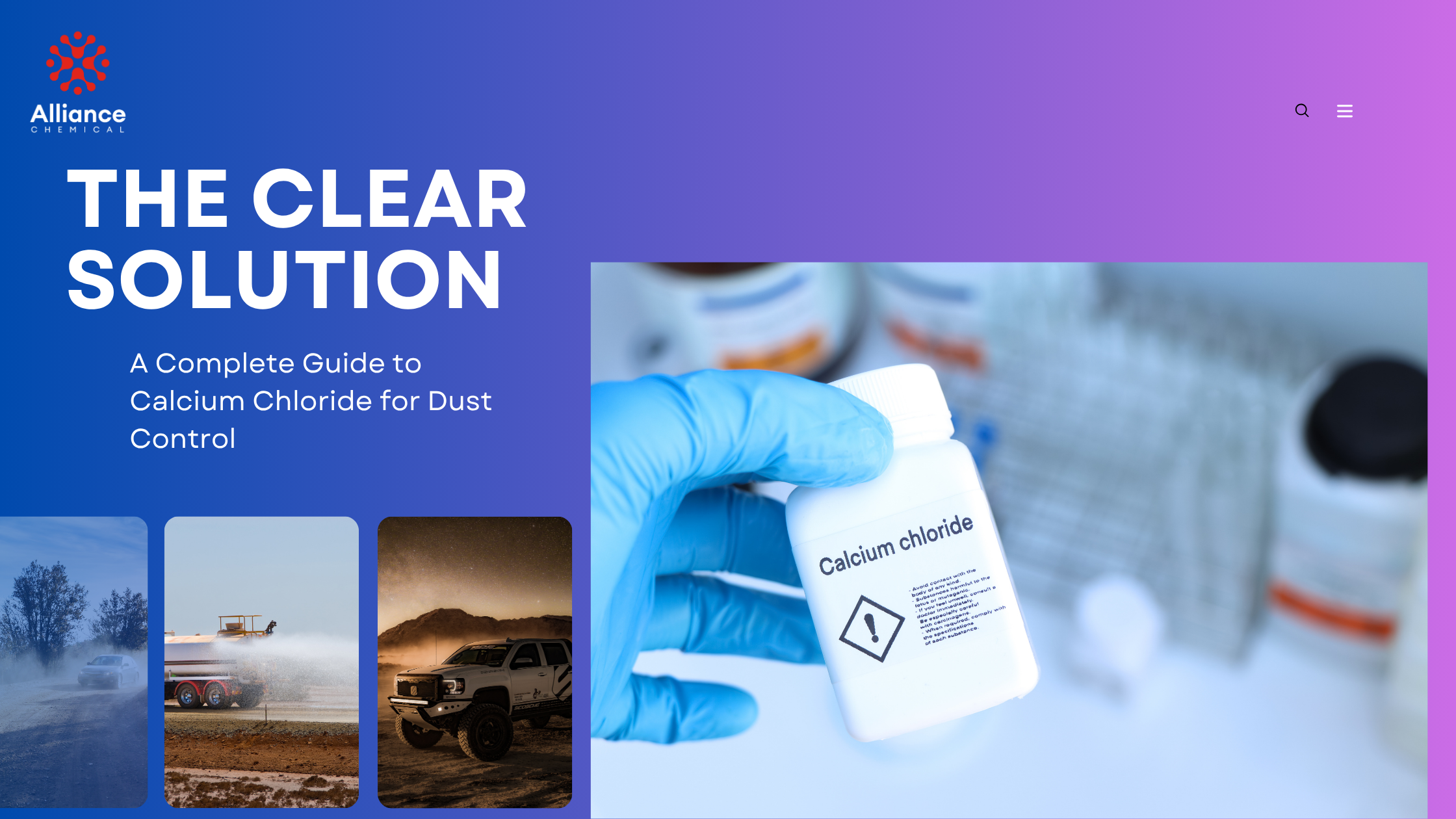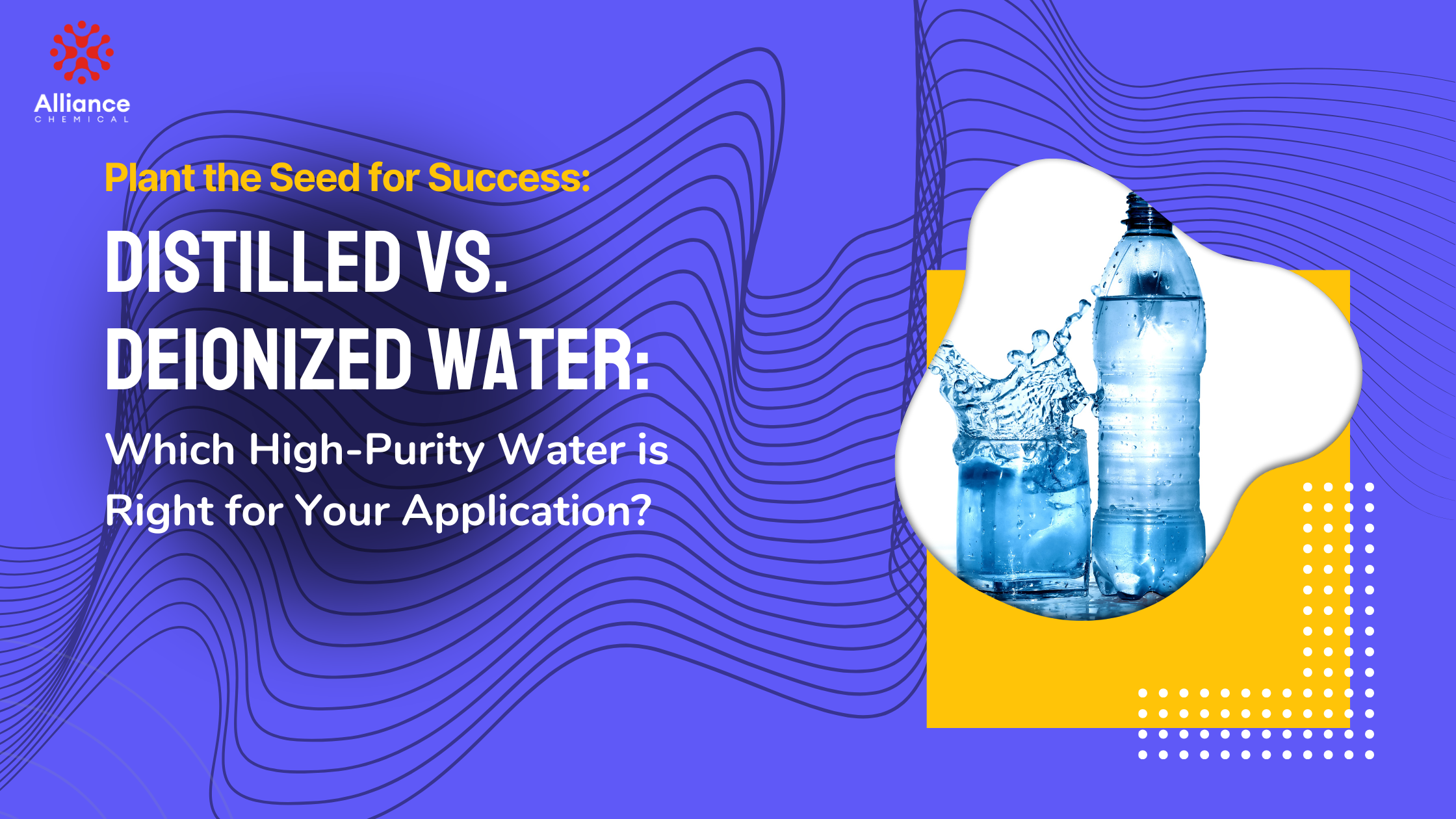
Decoding Chemical Labels: Understanding GHS Symbols, Packing Groups, UN Numbers, and More
Summary
In the world of chemistry, commerce, and logistics, a chemical label is the single most important document accompanying a product. It is a universal language of safety, providing a concise, standardized summary of a substance's hazards, handling requirements, and identity. Understanding this language is not just a matter of best practice—it is a critical requirement for ensuring workplace safety, regulatory compliance, and emergency preparedness. This definitive guide demystifies the key elements of modern chemical labels, including GHS pictograms, UN Numbers, Packing Groups, and the NFPA diamond.
The Foundation of Modern Labeling: The GHS
The Globally Harmonized System of Classification and Labelling of Chemicals (GHS) is the international standard for hazard communication, adopted by OSHA in the US and regulatory bodies worldwide. Its purpose is to replace the confusing patchwork of country-specific regulations with a single, logical system. The GHS standardizes how a chemical's hazards are classified and how that information is presented on labels and Safety Data Sheets (SDSs).
The 6 Standard Elements of a GHS Label
- Product Identifier: The chemical name and code, matching the SDS.
- Supplier Information: Name, address, and phone number of the manufacturer.
- Signal Word: "Danger" for severe hazards or "Warning" for less severe hazards.
- GHS Pictograms: Visual symbols representing the hazard classes.
- Hazard Statements: Standardized phrases describing the nature of the hazard (e.g., "Causes severe skin burns and eye damage").
- Precautionary Statements: Standardized phrases advising on prevention, response, storage, and disposal.
Visual Language: A Deep Dive into the 9 GHS Pictograms
Pictograms are the most immediate visual element on a GHS label. These symbols, set in a red-bordered diamond, convey specific hazard information at a glance.

Exploding Bomb
Represents explosion, self-reactive, or organic peroxide hazards. Example: Nitroglycerin.

Flame Over Circle
Represents oxidizing hazards. These substances can cause or intensify fire. Example: Concentrated Hydrogen Peroxide.

Gas Cylinder
Represents gases under pressure. The cylinder may explode if heated. Example: Compressed Oxygen.

Corrosion
Represents substances that cause severe skin burns, eye damage, or are corrosive to metals. Example: Sodium Hydroxide.

Skull and Crossbones
Represents acute toxicity (fatal or toxic). Can cause death if swallowed, inhaled, or in contact with skin. Example: Methanol.

Exclamation Mark
Represents less severe hazards, such as irritant (skin and eye), skin sensitizer, or narcotic effects. Example: Glycol Ether EE.

Health Hazard
Represents chronic health hazards, including carcinogen, mutagen, reproductive toxicity, or target organ toxicity. Example: Toluene.

Environment
(Non-mandatory in the US) Represents substances that are hazardous to the aquatic environment.
The Language of Logistics: UN Numbers, Shipping Names, and Packing Groups
While the GHS label is for workplace safety, a different set of information, governed by the Department of Transportation (DOT), is required for shipping.
UN Number and Proper Shipping Name
The UN Number is a unique four-digit code assigned to a hazardous substance for international transport (e.g., UN1789). This number is always paired with a standardized Proper Shipping Name (e.g., Hydrochloric acid). This combination allows first responders anywhere in the world to instantly identify a substance and its associated hazards by looking it up in the Emergency Response Guidebook (ERG).
Hazard Class
The DOT categorizes hazardous materials into 9 classes based on their primary danger (e.g., Class 3: Flammable Liquids, Class 8: Corrosive Substances).
Packing Group (PG)
The Packing Group indicates the degree of danger a substance presents. This is crucial for determining the type and strength of packaging required for safe transport.
- Packing Group I: High danger. Requires the most robust packaging.
- Packing Group II: Medium danger.
- Packing Group III: Low danger. Requires the least stringent packaging.
Example in Action: A drum of Hydrochloric Acid, 31.45% would be marked with UN1789, Hydrochloric acid, 8, PG II. This tells a handler instantly that it's Hydrochloric Acid (UN1789), its primary hazard is corrosion (Class 8), and it presents a medium level of danger (PG II).
At-a-Glance Facility Safety: The NFPA 704 Diamond
Often seen on storage tanks, in warehouses, and at facility entrances, the NFPA 704 "fire diamond" provides a simple, at-a-glance summary of a chemical's hazards for emergency responders.
The diamond is divided into four colored quadrants:
- Blue (Health Hazard): Rated 0 (no hazard) to 4 (deadly).
- Red (Flammability): Rated 0 (will not burn) to 4 (extremely flammable).
- Yellow (Instability/Reactivity): Rated 0 (stable) to 4 (may detonate).
- White (Special Hazards): Uses symbols like 'OX' for oxidizer or 'COR' for corrosive.










